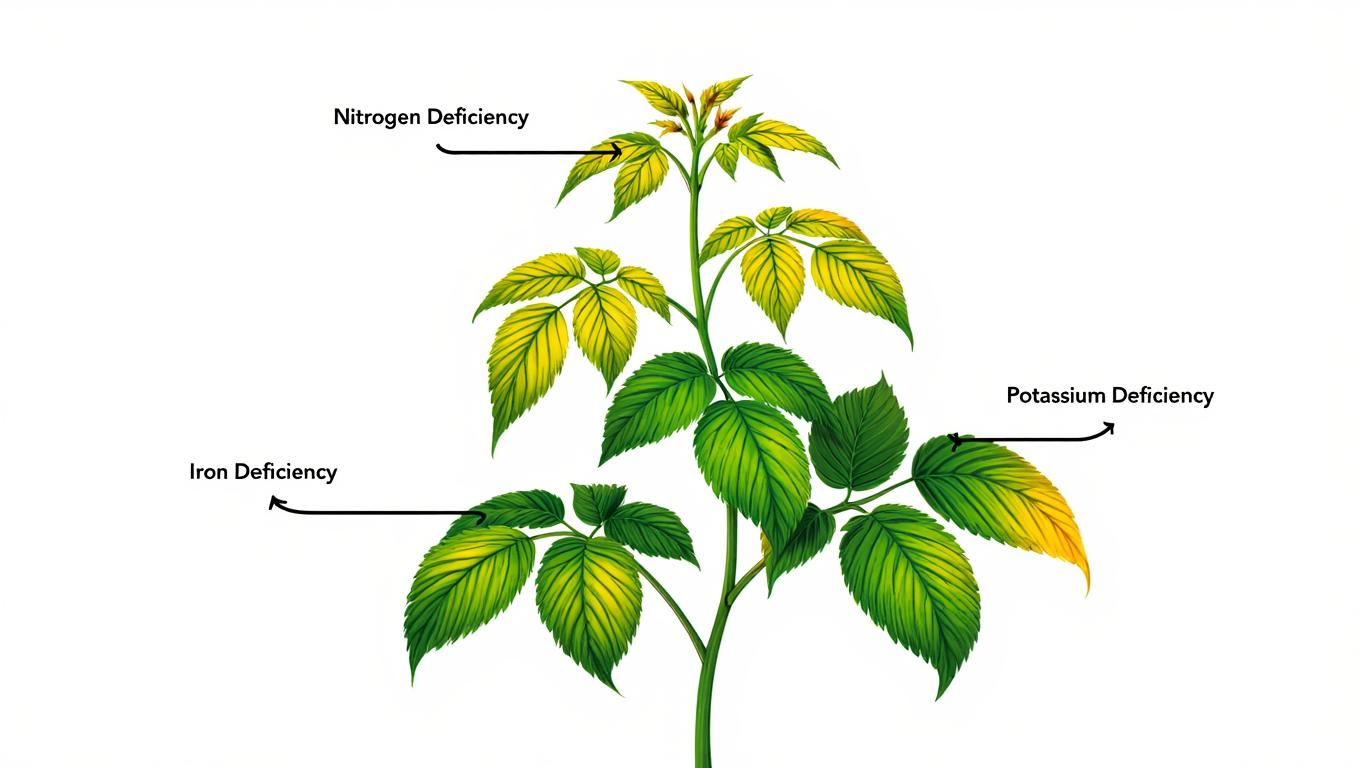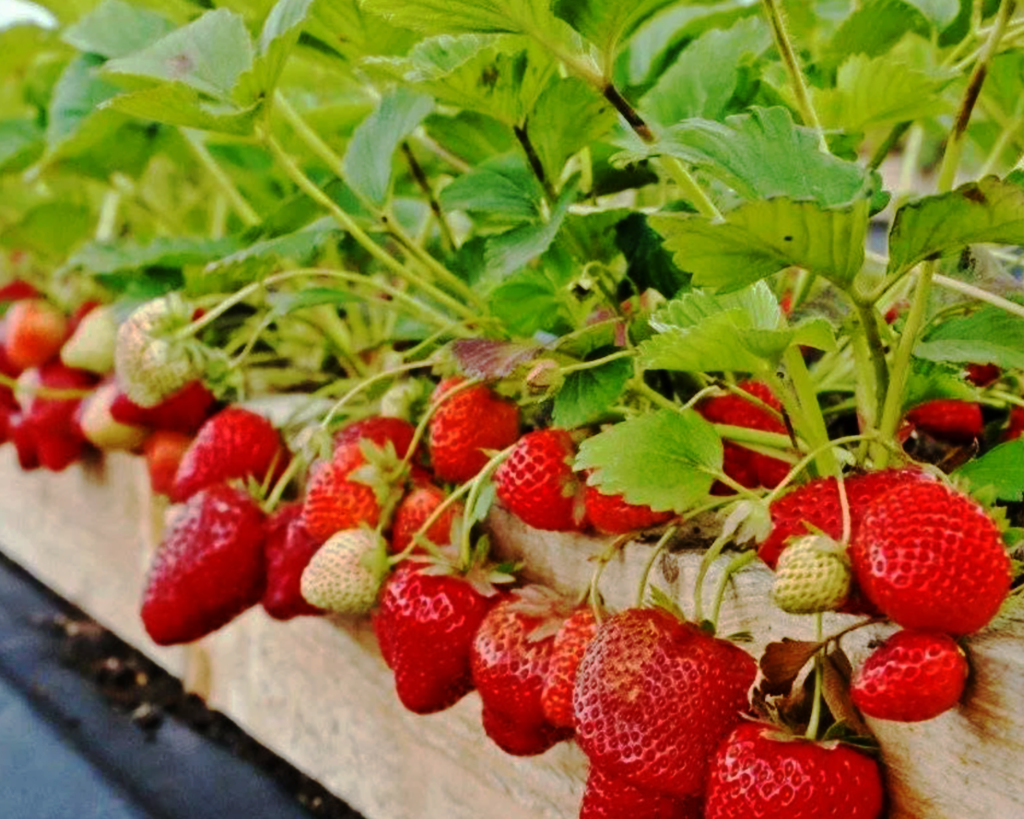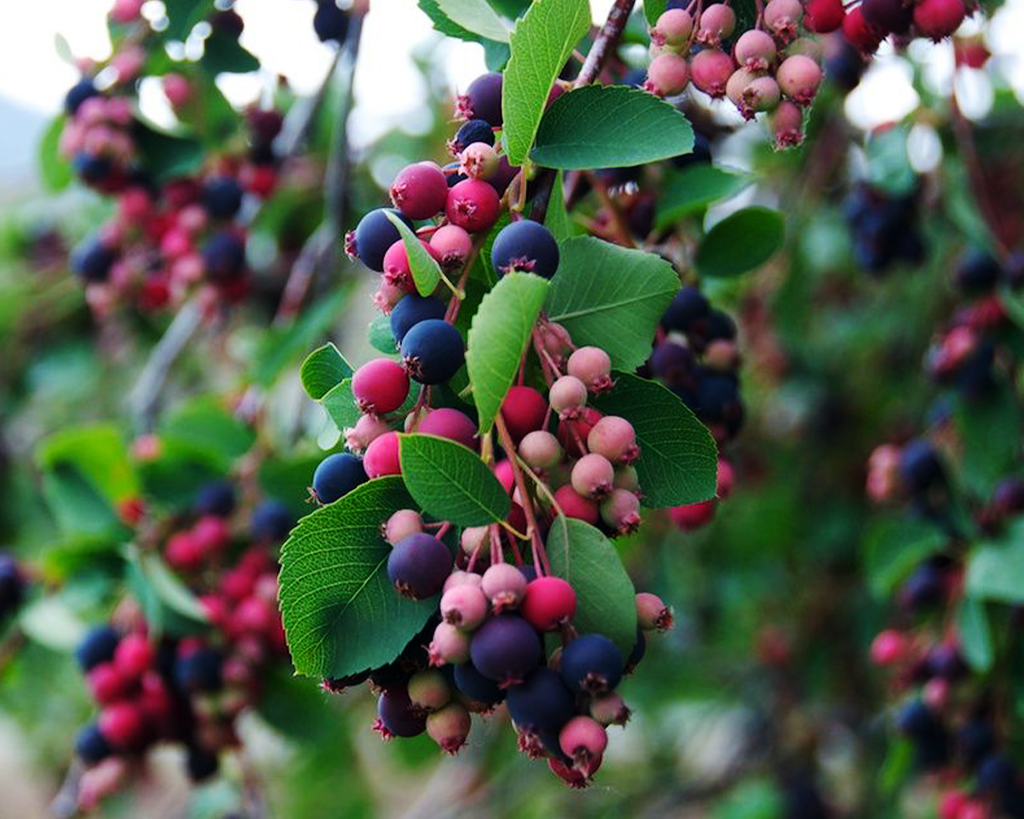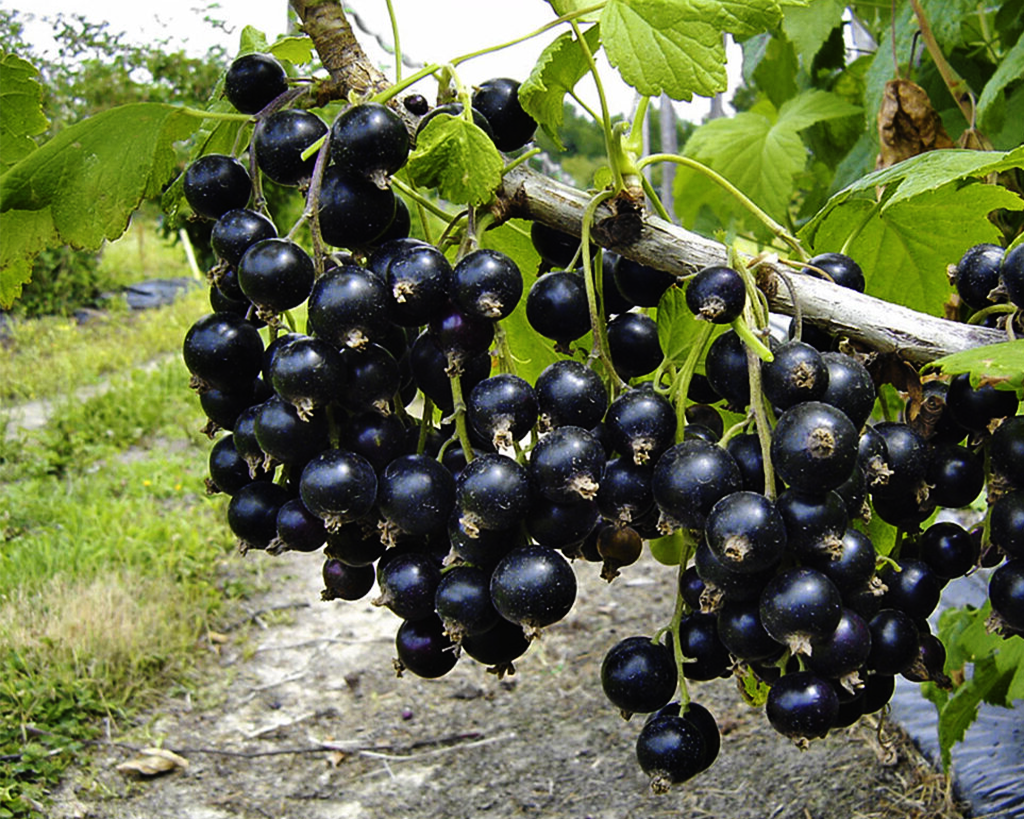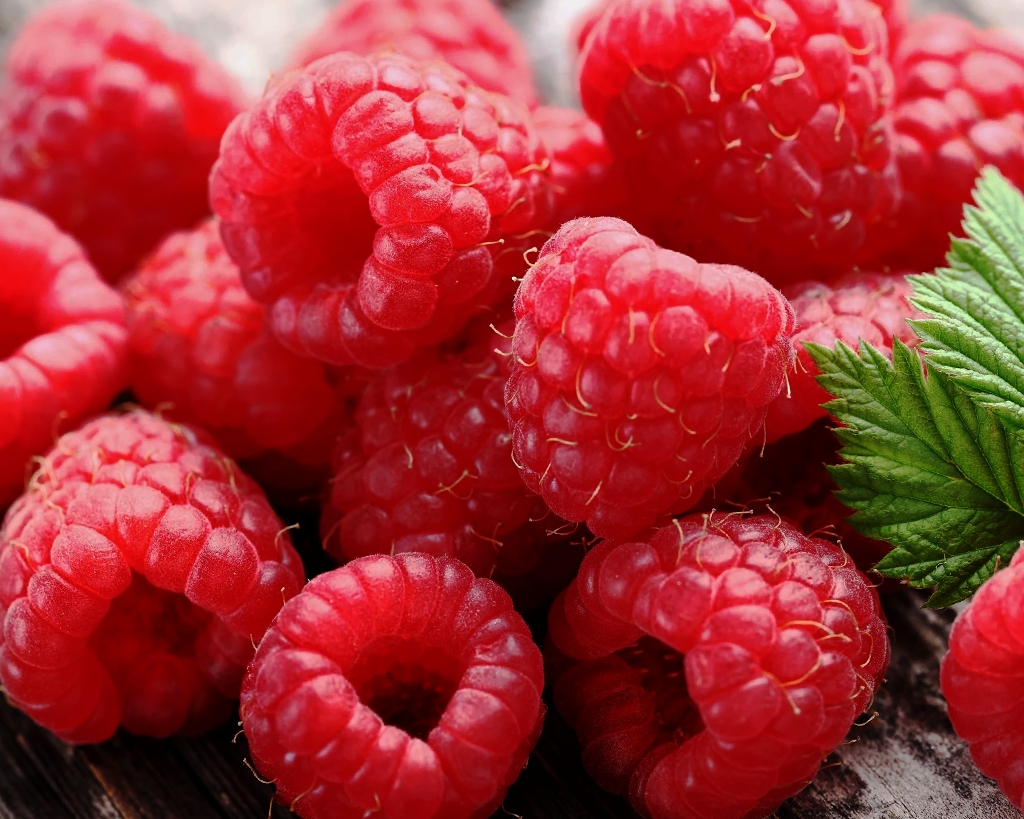Yellowing raspberry leaves are a common problem that many gardeners face. Why do raspberry leaves turn yellow? This issue requires detailed consideration, since the change in leaf color can be caused by various factors: from a lack of nutrients to serious diseases. It is important to determine the cause of the problem in a timely manner in order to prevent plant death and preserve the crop. At the end you can download a checklist in which you’ll find the key causes of yellowing leaves, how to identify each one at a glance, and the exact corrective actions — plus rapid checks, nutrient keys, and red-flag symptoms
Raspberry leaves turn yellow what to do
Before taking action, it is important to determine the reason why raspberry leaves turn yellow. This can occur due to natural processes (for example, aging) or due to the development of a serious disease. Pay attention to the following signs:
- Uniform yellowing – more often associated with a lack of nutrients.
- Spots and deformities – may indicate fungal or viral infections.
- Wilting and twisting – probably the plant is affected by pests.
Perform an irrigation check. Raspberries like moderate humidity. When overflowing, the roots rot, the leaves turn yellow. In case of drought, the leaves dry and curl. The best option is to water 1-2 times a week (in the heat more often). Do not forget to mulch the soil to retain moisture.
Raspberry diseases and their treatment

Yellowing of raspberry leaves often signals raspberry disease that requires immediate treatment. One of the most common problems is root rot (late blight), which develops when the soil is excessively moistened.
The disease manifests itself:
- yellowing of the leaves;
- withering of shoots;
- darkening of the roots.
To treat raspberry disease, it is necessary to reduce watering, treat plants with fungicides (Phytosporin, Trichodermin) and remove severely affected bushes.
Viral chlorosis is another dangerous disease transmitted through aphids. The leaves turn yellow, starting from the veins, and the plant’s growth slows down. Bushes affected by the virus are not subject to treatment – they need to be uprooted and burned, and for prevention, regularly fight aphids with insecticides (Aktara, Iskra).
Fungal diseases often cause yellowing of the foliage. Raspberry rust is manifested by bright orange spots on the upper side of the leaves, which eventually turn yellow and fall off.
An effective treatment for this raspberry disease will be spraying with Bordeaux liquid (1%) or other copper-containing preparations with the mandatory removal of the affected leaves.
Anthracnose causes the appearance of grayish-brown spots with a yellow border, leading to drying of the leaf plates. Fungicides (Topaz, Alirin-B) and careful sanitary pruning are used to control it. Verticillosis wilt is a particularly dangerous disease in which the leaves turn yellow, starting from the lower tier, and the shoots die off. Treatment is complex: it is necessary to remove the affected plants, and for prevention, use resistant varieties and observe crop rotation.
Bacterial infections, why do raspberry leaves turn yellow
Bacterial infections, such as root cancer, can cause yellowing. Growths form on the roots that disrupt the nutrition of the plant. Diseased bushes should be removed, and the soil treated with copper sulfate. To prevent all diseases, it is important to observe agricultural techniques: do not thicken the plantings, ensure good air circulation, remove weeds and plant residues in a timely manner, where pathogens can winter.
Regular top dressing strengthens the immune system of plants, making them less susceptible to infections. At the first sign of yellowing leaves, measures should be taken immediately, as the diseases are easier to treat in the early stages. Alternating biological and chemical preparations increases the effectiveness of treatments and prevents pathogens from becoming addictive.
Lack of nutrients in raspberries
Yellowing of raspberry leaves is often associated with a lack of macro – and microelements. Each nutrient element performs its own function, and its lack manifests itself in different ways. Consider the main signs that occur when there is a lack of substances

Nitrogen deficiency (N)
Old leaves evenly pale, turn yellow, starting from the tips. New leaves are small, the growth of shoots slows down. The bushes look weak, the stems are thin.
Reasons why raspberry leaves turn yellow:
- organic-poor soil;
- excessive rain washout;
- competition with weeds.
To eliminate this lack of substances, you can use urgent top dressing with urea (20-30 g per 10 liters of water) or ammonium nitrate. Adding humus (5-7 kg per 1 m2) or chicken droppings (diluted 1:15), mulching with compost or mown grass will also help.
Iron (Fe) deficiency – chlorosis
One of the reasons why raspberry leaves turn yellow is iron deficiency.
Young leaves change color, but the veins remain green. Over time, the leaf becomes almost white, dries. The shoots are weak, the berries are smaller.
Causes of substance deficiency:
- alkaline soil (pH above 7.0);
- excess phosphorus (blocks iron absorption);
- waterlogged roots.
Spray with iron chelate (5 g per 10 liters of water) 2-3 times with an interval of 10 days. Watering with an acidic solution (1 tsp of citric acid per 10 liters of water).
The application of iron sulfate (50 g per 1 m2).
Potassium (K)deficiency
The edges of the leaves turn yellow, then turn brown (“edge burn”). The leaves curl downwards and may become mottled. Berries become sour, and they are stored worse.
Reasons why raspberry leaves turn yellow:
- Light sandy soils (potassium is quickly washed out).
- Excess calcium (for example, after applying lime).
Top dressing with kalimagnesia (20 g per 1 m2) or wood ash (1 cup per bush) is required. Adding potassium sulfate (15-20 g per 10 liters of water) will help.
Magnesium Deficiency (Mg)
Yellow spots appear between the veins, but the veins themselves remain green. The leaves may turn red or brown, then fall off.
Reasons:
- Acidic soils (magnesium is poorly absorbed).
- Excess potassium (competes with magnesium).
To eliminate the deficiency of substances, spraying with magnesium sulfate (10 g per 10 liters of water) will help. Introduction of dolomite flour (with acidic soil).
Phosphorus deficiency (P)
The leaves are dark green with a purple or red tinge. Growth slows down, the shoots are thin and weak. Such a deficiency of substances rarely causes yellowing, but with a strong deficiency, the leaves can turn yellow and fall off.
To fix the problem, it is necessary to add superphosphate (30-40 g per 1 m2) and use bone meal (100 g per bush).
Raspberry pests and control

Raspberry beetle
Raspberries are susceptible to attacks by various pests, which can significantly reduce yields and even destroy plants. One of the most common is the raspberry beetle, a brown insect about 4 mm long that overwinters in the soil and appears in spring.
Such raspberry pests feed on buds and young leaves, and their larvae (yellowish caterpillars) damage the berries, causing them to rot. To combat the raspberry beetle, it is effective to shake off insects in the early morning on the litter when they are sedentary, as well as treatment with Fufanon or Aktellik preparations before flowering. Autumn digging of the soil under the bushes helps to destroy wintering beetles.
Stem gallica
Raspberry stalk gall is a small mosquito whose larvae form characteristic swellings (galls) on the shoots, causing them to dry out. This pest of raspberries is especially dangerous in the southern regions. Control includes mandatory cutting and burning of affected shoots, insecticide treatment during the summer of mosquitoes (usually coincides with raspberry flowering).
Raspberry shoot aphids form large colonies at the ends of shoots and peduncles, causing the leaves to curl and the plants to weaken. Such pests of raspberries not only suck out the juices, but also carry viral diseases. Actara or Iskra preparations are effective against aphids, as well as folk remedies-an infusion of tobacco or garlic with the addition of soap.
Spider mite
The spider mite is a microscopic pest that is particularly active in dry, hot weather. Its presence is given out by small light dots on the leaves, gradually merging into yellow spots, and a thin spider web on the underside of the leaves. With a strong lesion, the leaves completely turn yellow and fall off.
Acaricides “Fitoverm” or “Antiklesh” help against ticks, and the treatment should be repeated after 7-10 days, since the drugs do not work on the eggs. Reduces the number of ticks maintaining high humidity and removing weeds.
Raspberry bud moth
Such raspberry pests damage the buds and shoots, especially on old plantings. Its caterpillars overwinter in the cracks of the bark and eat the buds early in the spring. The butterflies lay their eggs in the flowers, and the newly formed caterpillars feed on the fruit.
Control measures include careful autumn pruning of old shoots, treatment with “Karbofos” during the period of budding and after harvesting. Leafhoppers are different types of caterpillars that twist raspberry leaves into tubes, weaving them with a web. With a small amount, they can be collected manually, with a mass lesion, “Lepidocide” or other biologics are used.
Preventive measures against raspberry pests include:
- mandatory autumn cleaning
- incineration of plant residues
- digging row spacing
- thinning of plantings for good ventilation
- use of healthy planting material.
Chemical treatments should be carried out taking into account the waiting time, especially on remontant varieties with long fruiting. The alternation of biological and chemical preparations helps to prevent the emergence of resistance in pests. Regular inspection of plants allows you to detect the problem in time and take action before the pests cause significant damage.
How to save raspberries from wilting

Raspberry wilting is an alarming symptom that indicates serious problems with the plant. This condition can be caused by various factors: diseases, pests, improper care, or adverse weather conditions. Before you save raspberries, you need to accurately determine the reason why the leaves turn yellow in raspberries, its wilting occurs.
To save raspberries from wilting, it is necessary to take a comprehensive approach to solving the problem. Start by creating optimal conditions for plant growth: ensure adequate lighting, proper watering, and good air circulation. Mulching the trunk circle will help retain moisture and prevent overheating of the roots.
Regular pruning of old and diseased shoots contributes to better ventilation of the bush and reduces the risk of developing diseases. Do not forget about preventive treatments against fungal diseases and pests. In case of serious damage, it may be necessary to replace heavily infected bushes with new, healthy seedlings.
It is important to remember that timely identification and elimination of the causes of yellowing leaves is the key to successful raspberry cultivation. Regular care, proper nutrition and preventive measures will help to preserve the health of plants, save raspberries and get a rich harvest of berries. By maintaining a balance between all growth factors, you can effectively solve the problem of why do raspberry leaves turn yellow and ensure longevity.
Why do raspberry leaves turn yellow? This is a signal of a problem that cannot be ignored. Most often, the cause lies in raspberry diseases, pests or lack of nutrients. Timely diagnosis and proper treatment will help save the raspberries and preserve the harvest. Monitor the condition of the bushes, carry out preventive treatments and provide the plants with the necessary nutrients – then the raspberries will be healthy and fruitful!
Want it by your rows? Take the checklist with you: CD Why Raspberry Leaves Turn Yellow — Checklist (PDF).
